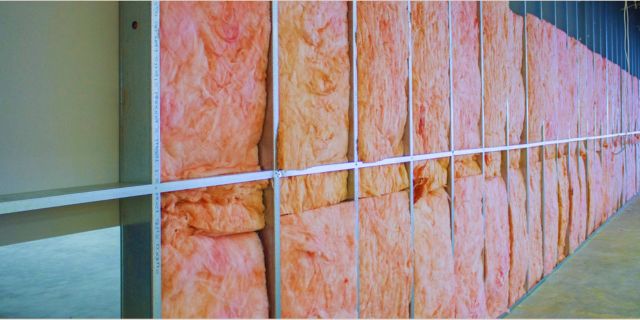Soundproofing a house involves preventing outside noise from penetrating and resonating inside. Acoustic insulation will ensure that interior noise does not propagate.
This second category of home insulation can therefore be very important for people wishing to make music in one of the rooms of their house.
Whether you want to isolate yourself from outside noise or improve the behavior of sounds inside your home there are solutions. In this article we invite you to discover these two types of insulation.
If sound insulation remains the most common among individuals you will discover that it can be complementary to acoustic insulation.

What is the difference between sound and acoustic insulation
Whereas the purpose of sound insulation is to block sound transfer. Sound insulation seeks to optimize sound quality within a limited area making it suitable for activities such as recording studios or auditoriums.
Acoustic insulation covers a wide range of measures that involve controlling sound within a specific space by reducing echoes or resonance.
Sound insulation and acoustic insulation both deal with controlling sound yet they both have different functions. Sound insulation primarily focuses on preventing the transmission of sound from one location to another which often involves barriers that disrupt sound waves.
Sound or acoustic insulation?
What is sound insulation used for?
For many individuals, sound insulation will be an opportunity to isolate themselves from outside noise. If you live near a busy road, or close to businesses likely to cause noise pollution, this is useful work.
It is important to emphasize that sound insulation can also insulate a wall between two rooms. This is often the case with bedrooms, where it can be annoying not to have sufficient sound insulation.
The wall between one bedroom and another or the one adjoining a living room can then be insulated. Ceilings and floors can also undergo this type of work, to ensure a real sound cocoon.
What is sound insulation used for?
Sound insulation is more associated with the ambiance inside the house. This will involve controlling the propagation of sounds, to benefit from a pleasant environment.
For example, a large room in which voices resonate may require acoustic correction work. It will then possibly be a question of having acoustic insulators to absorb voices and prevent their reflection on the walls.
As you will have understood, acoustic insulation will not necessarily protect residents from external noise. It is more about guaranteeing them a certain comfort, in the face of internal noise in the accommodation.
Read also: Attic insulation with blown glass wool: the right idea?
Should we combine the two?
In many cases, combining sound insulation and soundproofing will provide a peaceful and pleasant environment. One will allow you to protect yourself from outside noise and the other will ensure the proper behavior of sounds inside the home.
Most of the time, these two operations are carried out jointly, to provide effective insulation. Note also that sound insulation can create more resonance for internal noises in the house.
Acoustic insulation will therefore sometimes be essential in addition to the latter.
Insulation methods
Sound insulation: how to do it?
Sound insulation can be carried out on walls and ceilings. Among the most used sound insulation methods, we find:
- Installing insulating panels inside or outside the house
- The creation of a false ceiling with the incorporation of insulation
- Installation of glazing with sound insulation
To insulate walls and ceilings, it will be possible to use several types of materials. Rock and glass wools provide essential sound and thermal insulation.
For those who wish to carry out their work with more natural materials, it will be possible to rely on wood wool. Installation by a professional generally remains essential to obtain optimal performance.
Acoustic insulation: how to do it?
As part of acoustic insulation, the creation of a false ceiling can create a very pleasant environment. This will involve using materials such as cellulose wadding, rock wool or even wood fibers to absorb sound.
Note that some individuals who do not wish to carry out work use acoustic foams, placed directly in the room. Their purpose is to absorb sounds to avoid resonance effects.
The installation of this type of device nevertheless remains complex, to ensure useful positioning. Their effectiveness is also not comparable with that of real acoustic insulation.
Conclusion
I hope you now understand what is the difference between sound and sound insulation. I tried to explain it to you in very simple language. If you have understood then please tell us by commenting.
Read also: How to Insulate a Cold Wall From The Inside?